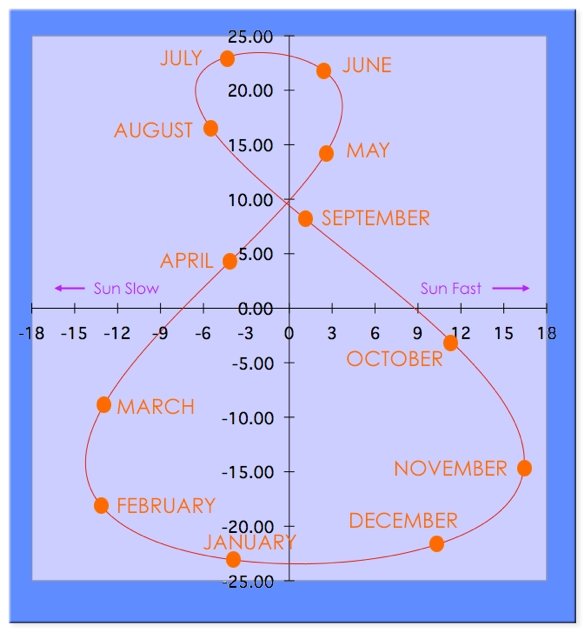The #JWST has spotted the earliest known black hole in the universe. The supermassive black hole has a mass 10 million times the mass of the Sun. It lies at the center of a baby galaxy that existed 570 million years after the universe began. 1/
The galaxy, now called CEERS_1019, was first discovered by @HubbleTelescope in 2015. At that time, it was the most distant galaxy ever discovered by any telescope. So naturally we were curious to know what Webb would discover about it. 2/
JWST "stared" at this ancient galaxy for just one hour with all four of its instruments. Besides the star formation light, there was a broad emission feature usually associated with AGN. An AGN, or an active galactic nucleus, is a compact region at the center of a galaxy. 3/
It's one of the most luminous and powerful objects known to exist in the universe. Typically a galaxy in the early universe emits either light from an AGN or light from star formation. The fact that we could see both in the same galaxy puzzled us. 4/
This is not the first time we have seen a massive black hole in an ancient galaxy. Even more massive black holes have been discovered in the hearts of relatively young ones. But what's so special about CEERS_1019 is that it's in the intermediate phase. 5/
It's at a point between the later, larger, AGN-dominated galaxies and how those galaxies and their black holes started forming in the first place. The black hole of this galaxy seems to have formed from the death of a supermassive star. 6/
Such stars, primarily composed of hydrogen and helium, were the first to form in the universe. They are considerably bigger than even the most massive stars we see today. The black hole from the collapse of such a star would have had a head-start on its path to becoming... 7/
... supermassive in a relatively short time. We think that even more such black holes could be hiding in the young cosmos. Webb has opened the windows to the last unexplored era in the universe's history. 8/
Studying the first billion years of the cosmos will help us understand how it began. 9/9
• • •
Missing some Tweet in this thread? You can try to
force a refresh

 Read on Twitter
Read on Twitter







